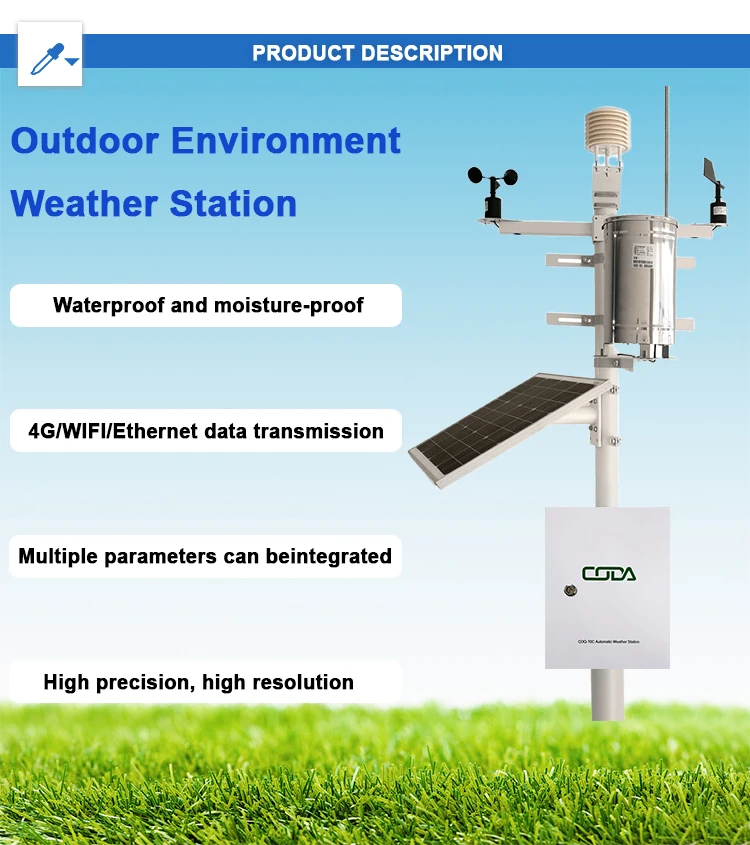
# Advantages and Disadvantages of Automatic Weather Stations
## Introduction
Automatic Weather Stations (AWS) have revolutionized the way we collect and analyze meteorological data. These sophisticated systems provide continuous, real-time weather information without the need for constant human intervention. While AWS offer numerous benefits, they also come with certain limitations that users should consider.
## Advantages of Automatic Weather Stations
### 1. Continuous Data Collection
One of the most significant advantages of AWS is their ability to collect weather data 24/7 without interruption. Unlike manual weather stations that require human observers, AWS can operate continuously, providing a complete picture of weather patterns.
### 2. High Accuracy and Precision
Modern AWS are equipped with highly sensitive sensors that can measure various weather parameters with remarkable accuracy. This precision is particularly valuable for scientific research and weather forecasting.
### 3. Remote Monitoring Capabilities
AWS can transmit data in real-time to central databases or monitoring stations, allowing meteorologists and researchers to access information from remote locations without physically visiting the station.
### 4. Reduced Human Error
By eliminating the need for manual readings and recordings, AWS significantly reduce the potential for human error in weather data collection.
### 5. Cost-Effective in the Long Run
While the initial investment in an AWS might be substantial, the long-term savings in labor costs and the increased data reliability often make them more cost-effective than traditional weather stations.
## Disadvantages of Automatic Weather Stations
### 1. High Initial Costs
The sophisticated technology and equipment required for AWS come with a significant price tag, which can be prohibitive for some organizations or developing countries.
### 2. Maintenance Requirements
AWS require regular maintenance and calibration to ensure accurate readings. Sensor drift, power supply issues, and equipment wear can affect performance if not properly maintained.
### 3. Vulnerability to Extreme Weather
While designed to withstand harsh conditions, AWS can still be damaged by extreme weather events such as hurricanes, tornadoes, or severe icing, potentially leading to data loss.
### 4. Limited Human Observation
AWS cannot replicate certain qualitative observations that human weather observers can provide, such as cloud type identification or visibility assessments in complex conditions.
### 5. Technical Expertise Required
Installing, operating, and maintaining AWS requires specialized technical knowledge that may not be readily available in all locations or organizations.
## Conclusion
Automatic Weather Stations represent a significant advancement in meteorological data collection, offering numerous advantages in terms of data quality, continuity, and accessibility. However, their high costs, maintenance requirements, and technical complexities present challenges that potential users must carefully consider. As technology continues to improve, many of these disadvantages are likely to diminish, making AWS an increasingly attractive option for weather monitoring worldwide.